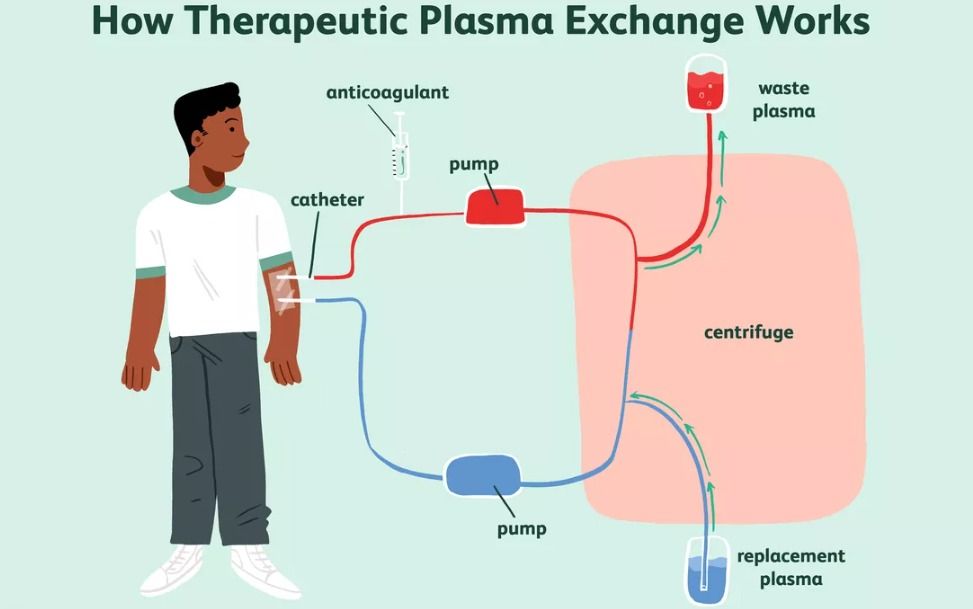Conversation and human language is a particularly challenging area for computers, since words and communication is not precise. Learn more about the conversational pattern of AI.


Physicists from the University of Glasgow and the University of Arizona have experimentally verified a half-century-old theory that began as speculation about how an advanced alien civilization could use a rotating black hole to generate energy.

Pluto is thought to possess a subsurface ocean beneath its thick ice shell. It has generally been assumed that the dwarf planet formed out of cold material and then later developed its ocean due to warming from radioactive decay. By combining numerical simulations with geological observations by NASA’s New Horizons mission, a team of researchers from the University of California Santa Cruz and the Southwest Research Institute demonstrated that Pluto was instead relatively hot when it formed, with an early subsurface ocean.
Canada is marching forward with its international partners to establish a permanent research installation near the Moon, the Lunar Gateway.
As it did for the Shuttle and Station programs before, the Canadian Space Agency, via a partnership with MacDonald, Dettwiler, and Associates, Inc., will build the next-generation robotic system: Canadarm3.
This smart robotic system will be Canada’s contribution to the US-led Lunar Gateway station for the Artemis Program, the next major international collaboration in human space exploration — which forms the cornerstone of Canadian space strategy.


Animal experiments demonstrating the anti-aging effects of exchanging young blood plasma for old have been prominent in the last two months. Several groups are saying it’s time to translate their findings into human trials. But I’ve recently learned that others have been doing this for several years. What can we learn from their results to guide the next steps in experimentation?
I had never heard of Grifols, the Spanish pharmaceutical company that is the world’s largest supplier of albumin. Since 2005, Grifols has been quietly funding world leaders in plasma exchange research in humans. Albutein ® is their brand-name solution of human albumin.
Last month, the first results of the Grifol’s AMBAR trial were released. (AMBAR stands for A lzheimer’s M odulation B y A lbumin R eplacement). It was a much larger-scale phase 2.5 trial, with 496 subjects recruited from sites in Spain and USA, and treated for 14 months. A single treatment consisted of removing 2.5 to 3 litres of blood (more than half the body’s inventory) and replacing it with Albutein. Patients began with 6 weekly treatments, and thereafter there were 12 monthly smaller plasma replacements (0.7 litres), again with Albutein.

Last year’s Netflix movie The Great Hack detailed the dark side of data collection, centered around the 2016 Cambridge Analytica scandal. The movie describes how “psychometric profiles” exist for you, me, and all of our friends. The data collected from our use of digital services can be packaged in a way that gives companies insight into our habits, preferences, and even our personalities. With this information, they can do anything from show us an ad for a pair of shoes we’ll probably like to try to change our minds about which candidate to vote for in an election.
With so much of our data already out there, plus the fact that most of us will likely keep using the free apps we’ve enjoyed for years, could it be too late to try to fundamentally change the way this model works?
Maybe not. Think of it this way: we have a long, increasingly automated and digitized future ahead of us, and data is only going to become more important, valuable, and powerful with time. There’s a line (which some would say we’ve already crossed) beyond which the amount of data companies have access to and the way they can manipulate it for their benefit will become eerie and even dystopian.

More than 500,000 people throughout the world have died of the new coronavirus, according to data from Johns Hopkins University. The staggering milestone comes as virus cases have surged in the U.S. in recent weeks, and as South America has emerged as a virus hotspot.
More than a quarter of the world’s reported coronavirus deaths have occurred in the U.S., where 31 states have seen a jump in cases compared to two weeks ago. The number of new confirmed coronavirus cases nationwide hit a record high of 45,300 on Friday — a more than 5,000-case spike from the day before.
In Texas and Florida, governors are now rolling back reopening measures in an effort to stem the virus’ spread. The intensive care units in some Texas hospitals are now 100% full, after the state broke hospitalization records for 15 days in a row.


June 25, 2020 — The rapid politicization of the COVID-19 pandemic can be seen in messages members of the U.S. Congress sent about the issue on the social media site Twitter, a new analysis found.
Using artificial intelligence and resources from the Ohio Supercomputer Center, researchers conducted an analysis that covered all 30,887 tweets that members sent about COVID-19 from the first one on Jan. 17 through March 31.